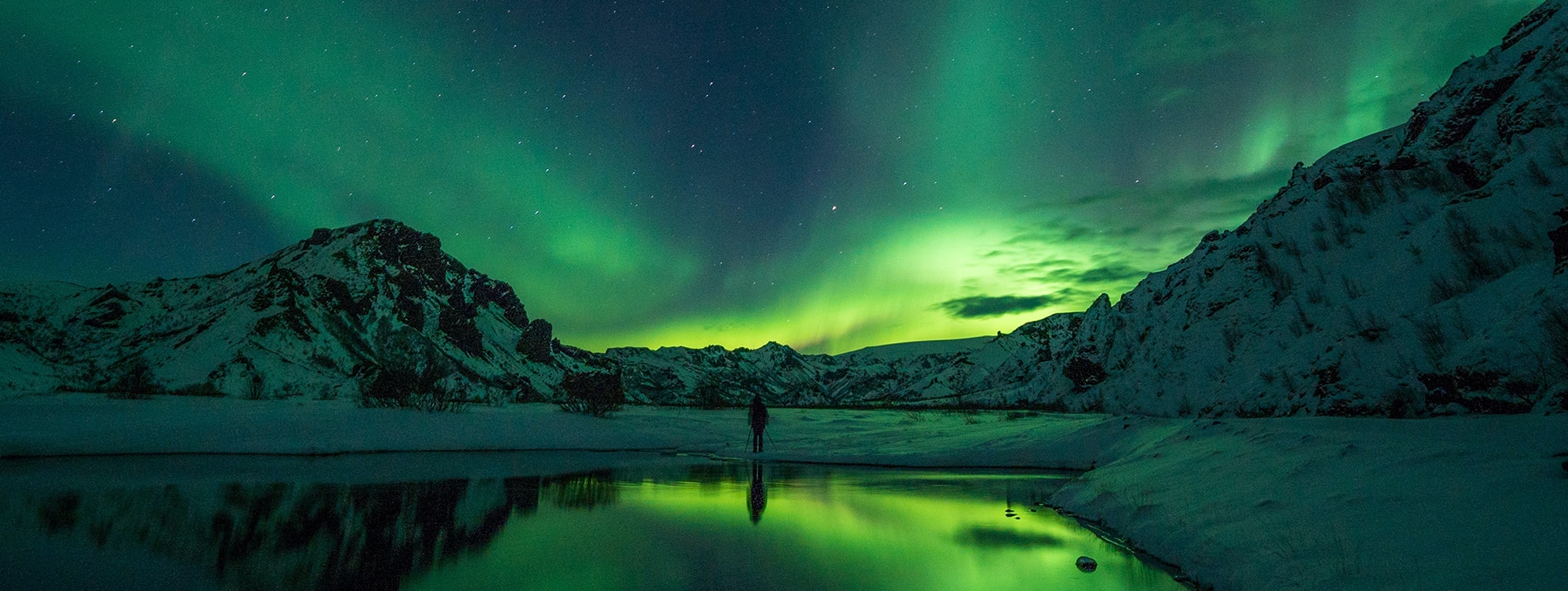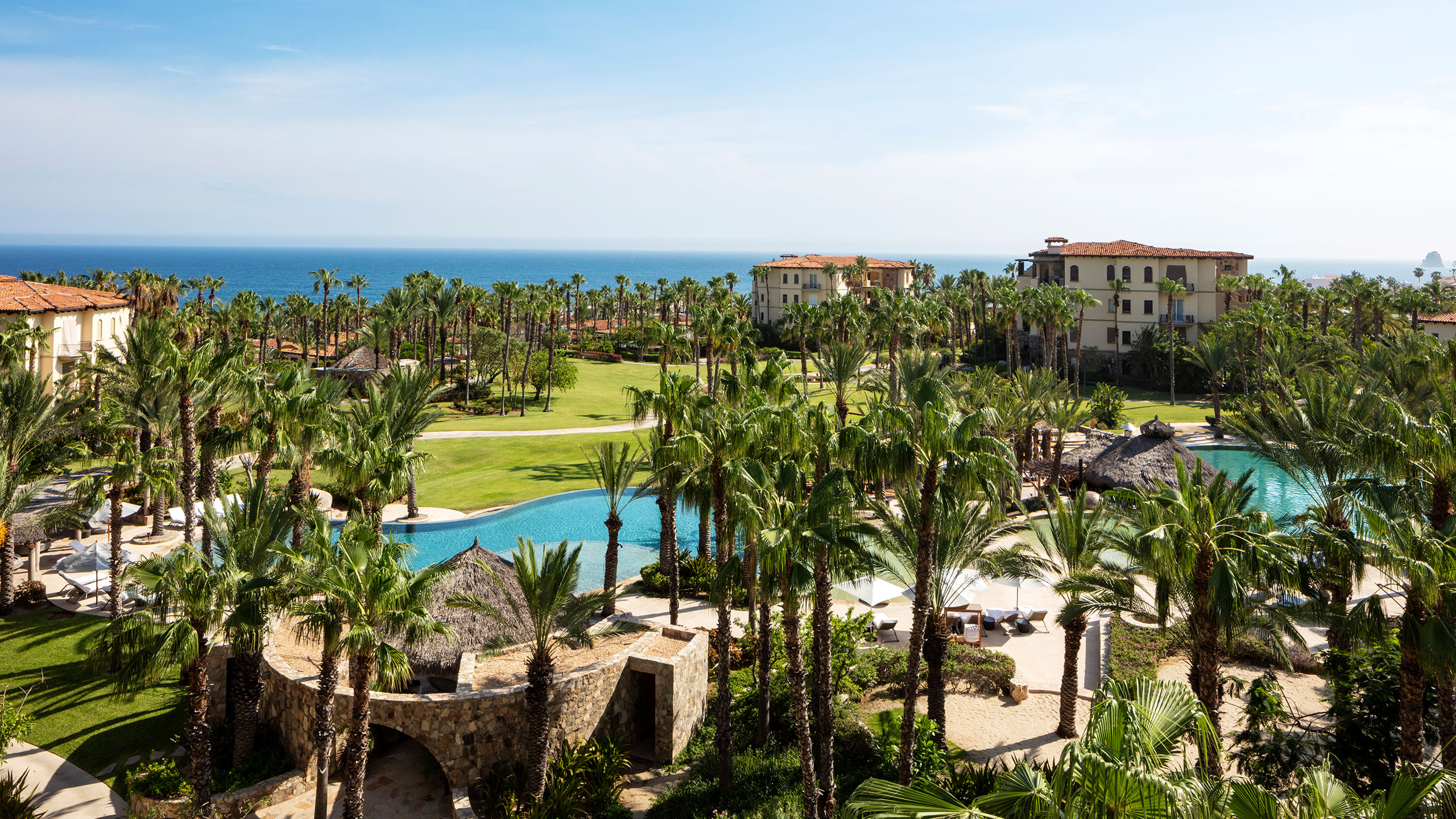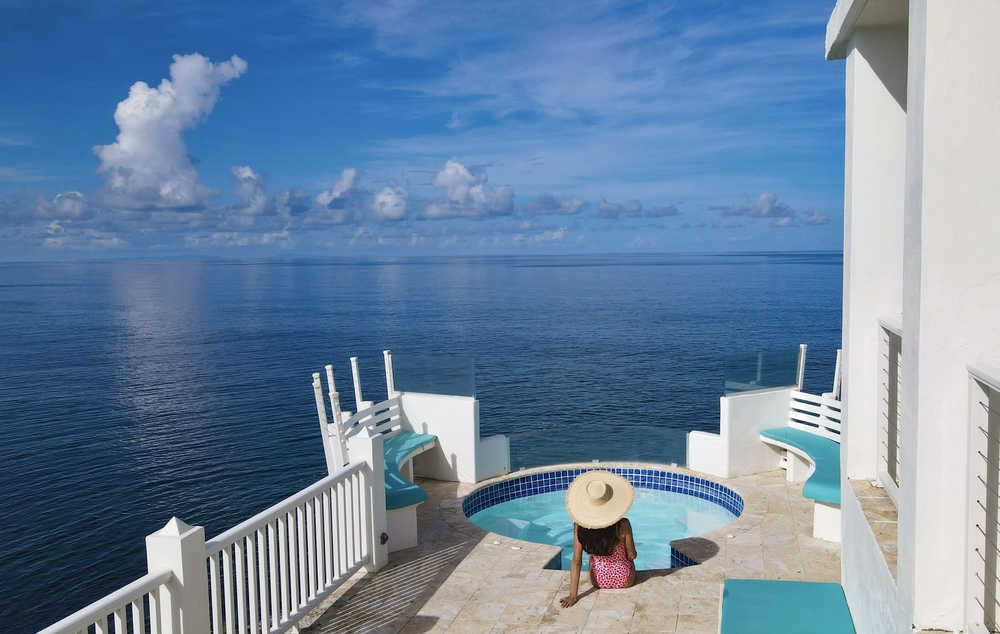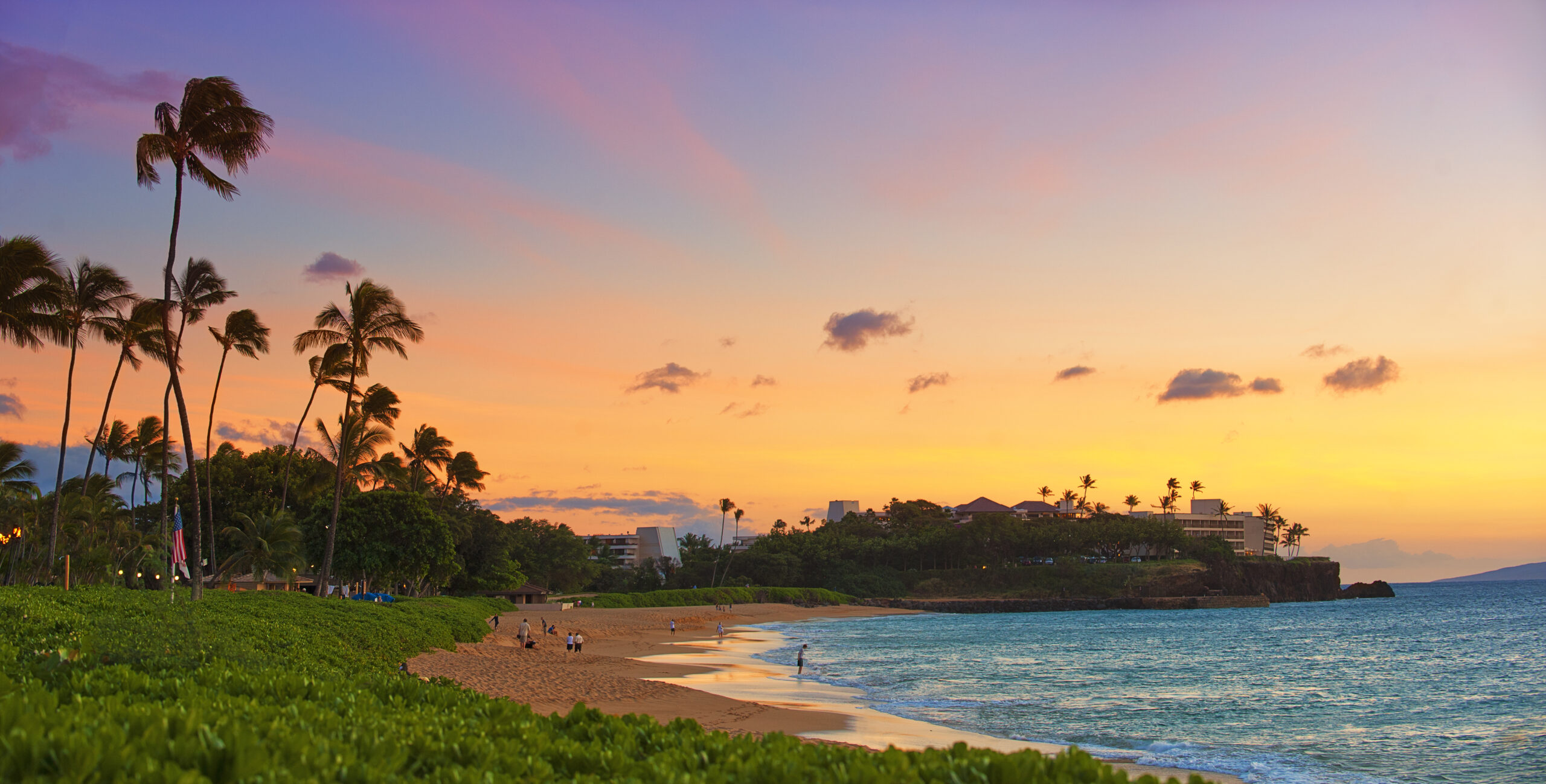The northern lights are a truly spectacular phenomena, attracting thousands of people from all over the world each year. These illuminations occur in the Arctic’s winter season, when the sky is dark enough for them to be visible, and there are a variety of places in the northern hemisphere to experience them.
But among the list of crowd favorites is Iceland, and no matter where in Iceland you decide to visit, read on to learn how to better your chances of catching a glimpse of this ethereal vision.
What are the northern lights?

The northern lights, otherwise known as the aurora borealis, comprises electrically charged particles in the air. When they collide with gases in the Earth’s atmosphere, they produce tiny flashes of light—a multi-colored glow that dances throughout the night’s sky.
The best times to see the northern lights in Iceland
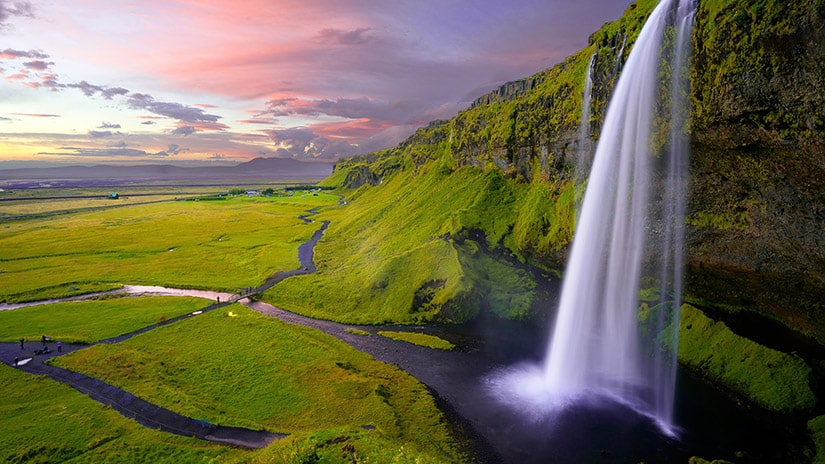
Known for its glaciers, jagged fjords, and hot geysers, Iceland boasts year-round attractions within its otherworldly landscape. But among the best and most unique things to do in Iceland is to catch the coveted spectacle of the northern lights.
Iceland is one of the best places to view the aurora borealis because its mild climate lends to a much more pleasant experience while being out in the cold—compared to other places to see the northern lights, like Alaska or Sweden.
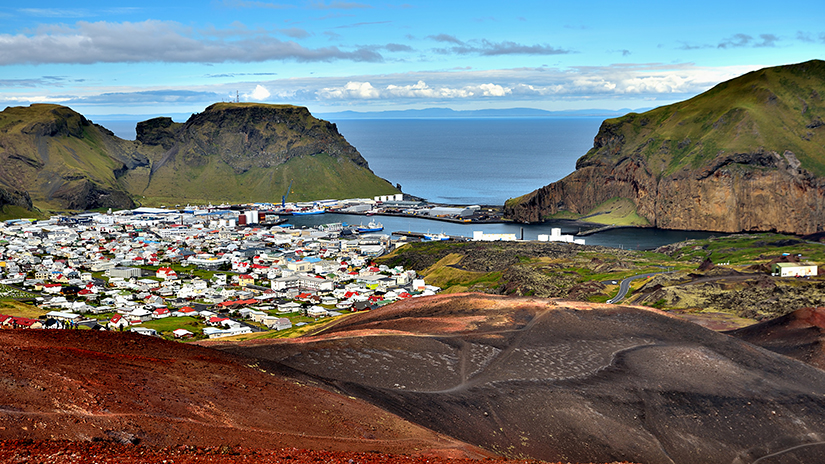
The best time to see the northern lights in Iceland is during the winter months (September through March) when the sky is dark enough to see the radiant lights. It’s also when the dark sky lasts for longer periods of time due to the winter solstice. We recommend planning your trip around the new moon—as the light from the moon can affect how visible the stars and the aurora borealis are. We recommend going a few days before the new moon so that you have ample time leading up to the darkest night’s sky. Since they’re notoriously tricky to spot, be on the lookout as much as you can from dusk to dawn. You can even opt to stay in a hotel with a wake-up call service for when the aurora borealis is visible so don’t miss them.
How to prepare for your trip
Schedule a tour

Find the light show with the help from a knowledgeable local guide and experience an unforgettable Iceland northern lights tour. We recommend the fun and exhilarating Northern Lights Super Jeep Tour in Reykjavik. These guides really know what they are doing—with fully-loaded, four-wheeled Jeeps that can take you away from civilization on secluded back roads. Plus, even if the stars don’t align and the aurora are a no-show, navigating through Iceland’s remote wilderness at night will be a guaranteed thrill in and of itself.
Pack accordingly
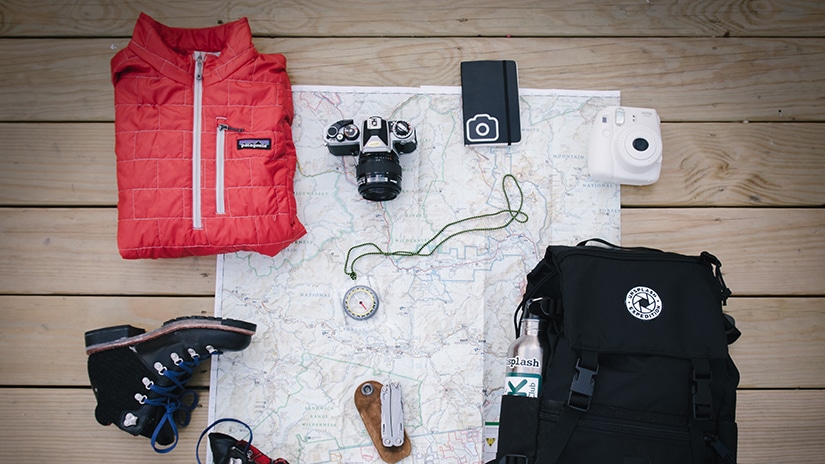
It’s no surprise that winters in Iceland are cold. And while it’s Gulf Stream denies it from being absolutely frigid, it still typically hovers around the 30’s and 40’s, while feeling much colder with sea wind and unpredictable precipitation. To pack accordingly for adventures, we suggest you prioritize ski gear—gloves, hats, snow pants, and even some neck gaiters—for when your planned glacier walk doesn’t get cancelled, despite a heavy snow squall. Don’t forget to bring warm additional layers to change into—think long, thermal pants and sweaters—for when you get back on the bus all wet and sweaty. An extra pair of socks also never hurt anyone.
Rent a car (or not)
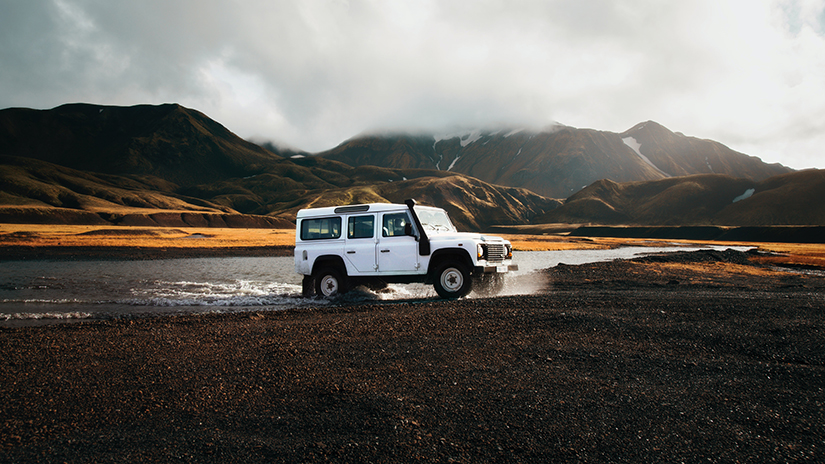
While renting a car is not necessary, it will definitely provide flexibility if you’re looking to do some exploring by yourself. Please note, you will most likely encounter slick, icy patches along narrow roads as well as whiteout conditions, so make sure at least one person in your party has experience driving in wintery conditions. If you do decide to rent a car, get one with four-wheel drive and studded tires—you’ll thank us later.
The auroral forecast
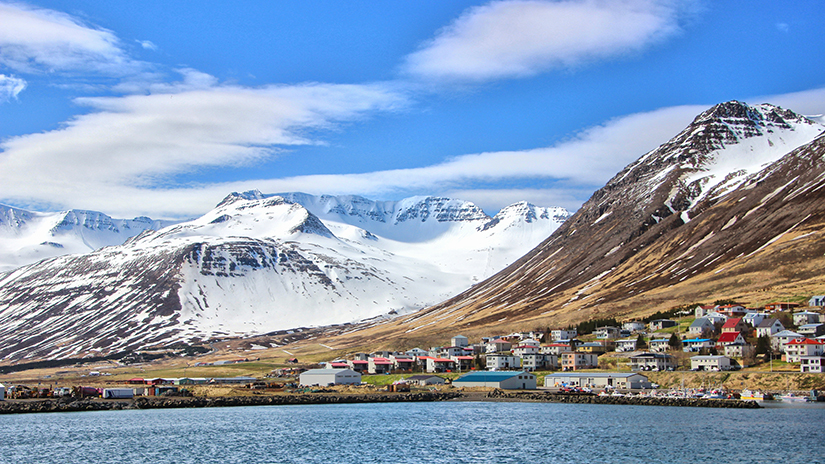
Whether you catch the northern lights depends on many factors including solar activity, light pollution (including a full moon), cloud cover, and luck. You can’t control any of them, but to maximize your chances, you want to be far from city lights on a clear dark night. If you want to monitor real-time satellite data on the intensity of the current solar activity and the location of the auroral oval, visit the National Weather Service’s 30-minute Aurora Forecast. Careful, it’s addictive.
Bring a camera to capture the magic
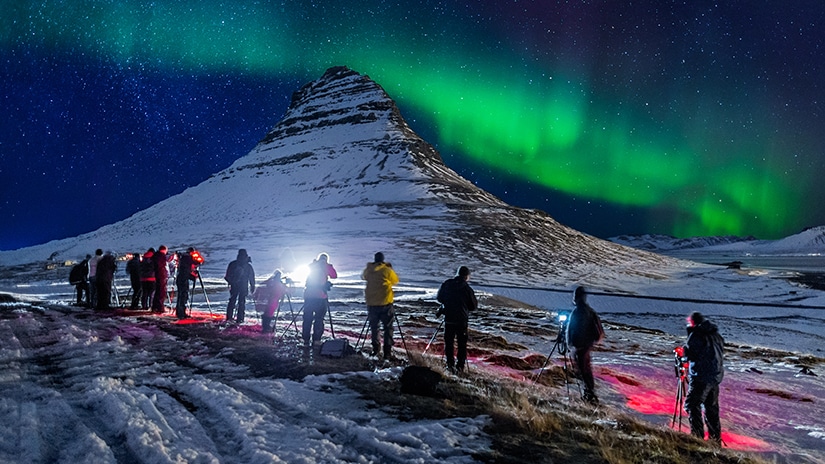
A DSL camera, a lens that is both wide and fast, a tripod, and a remote shutter release are all requirements to capture the long exposure required for the northern lights. You will need your camera on its manual setting with the anti-shake turned off—exposures will likely be roughly 20 seconds long (5 seconds if the lights are dancing around).
Pro tip: Never use a flash. It will wreck your photos and those of anyone nearby. It will also be difficult to change and adjust camera settings when it is windy, cold, and nearly lightless. The only way to prepare for those conditions is to be in those conditions. If you’re looking to deep-dive into more photography tips, check out the ultimate guide on how to photograph the northern lights from Capture the Atlas.
